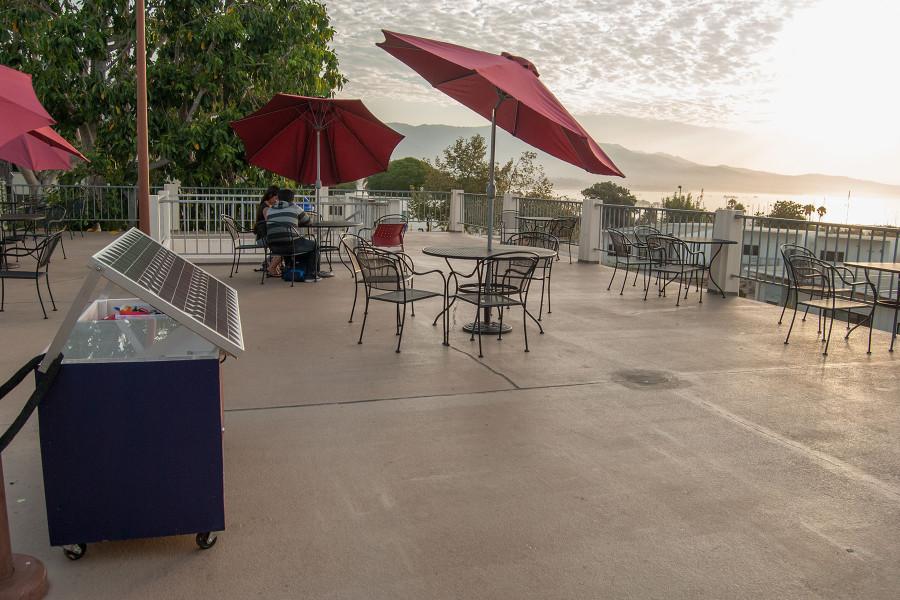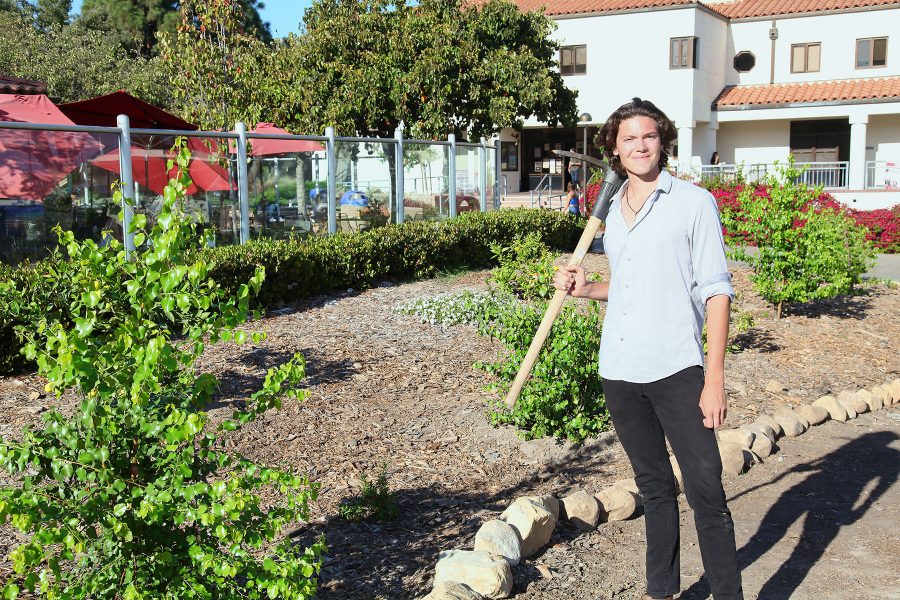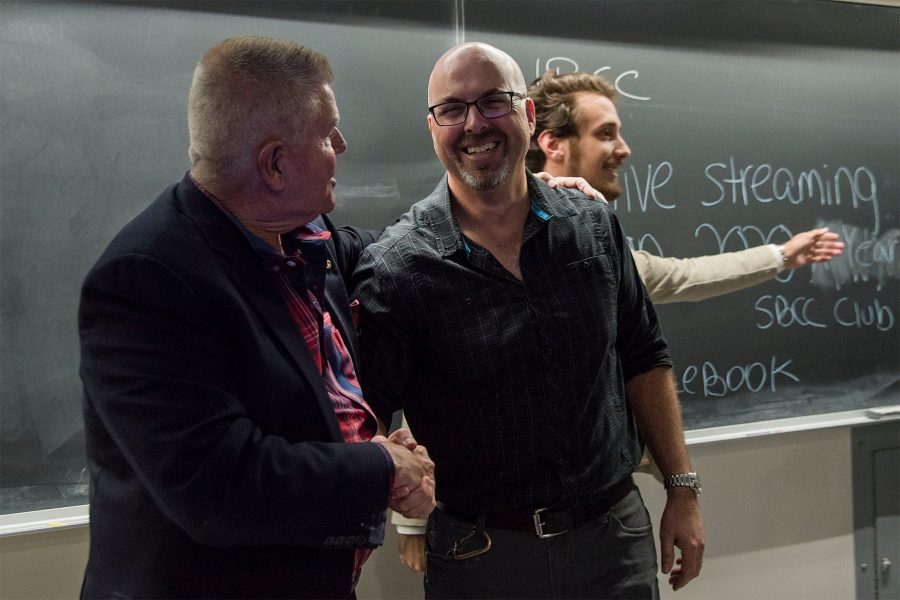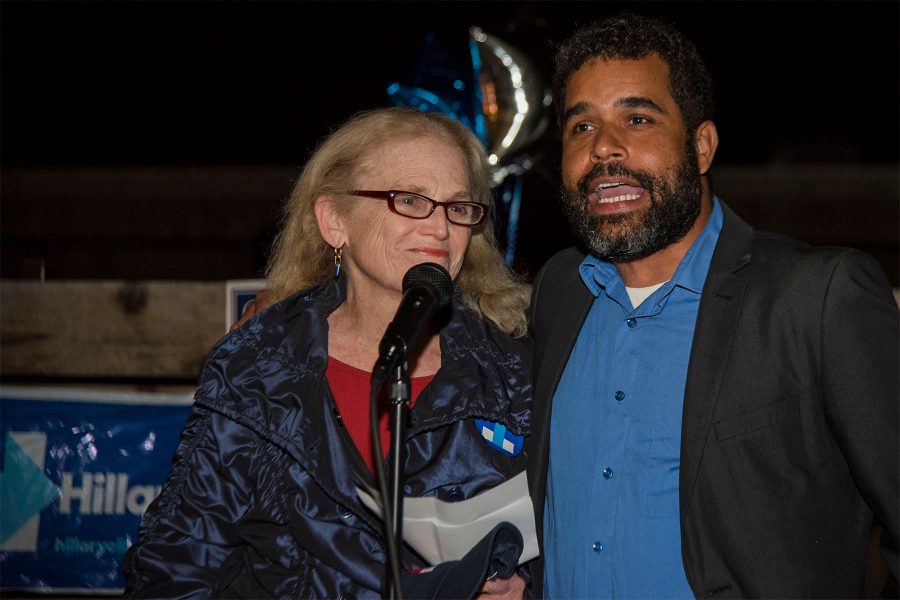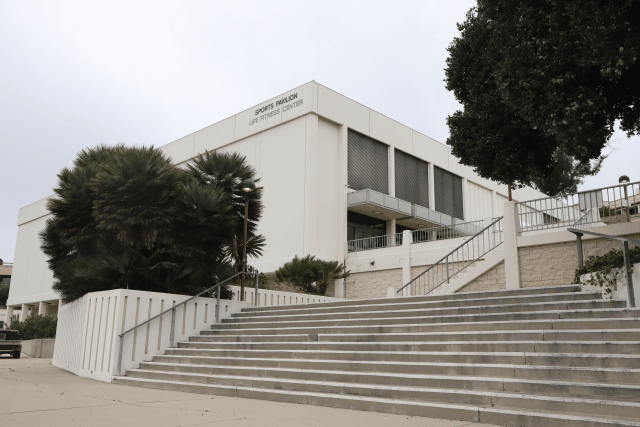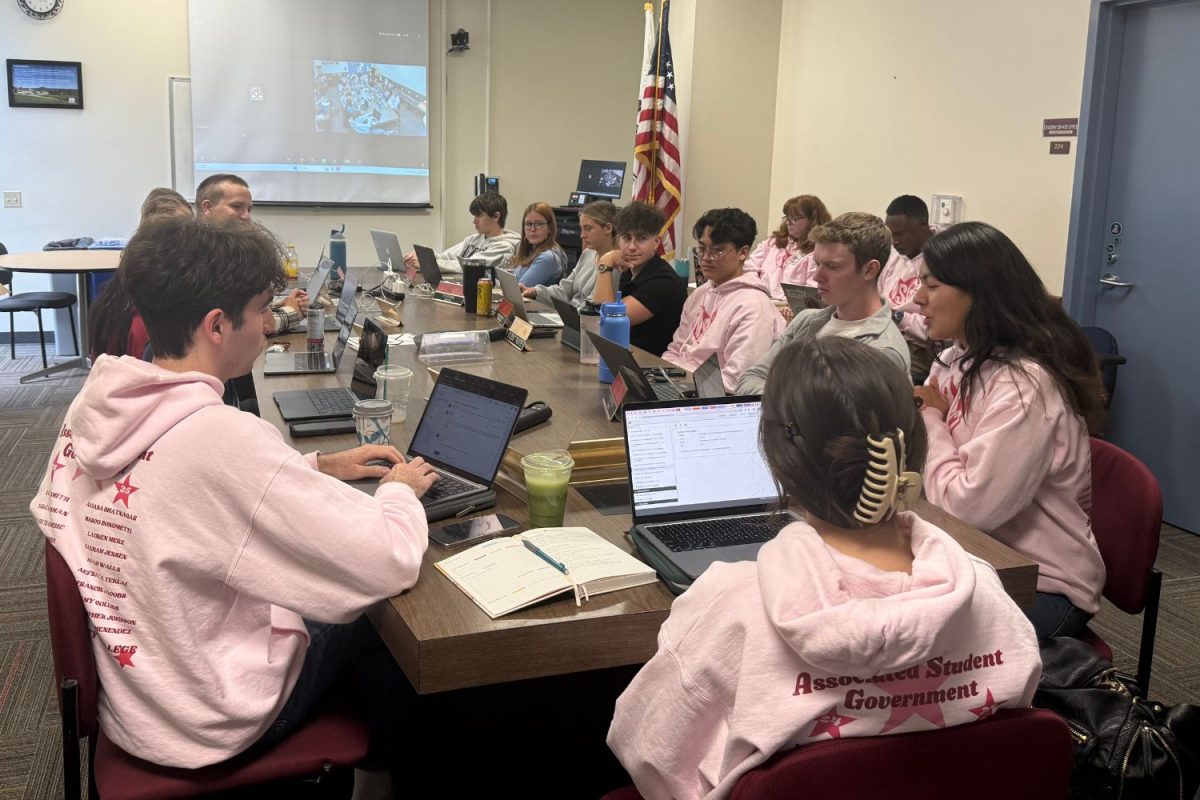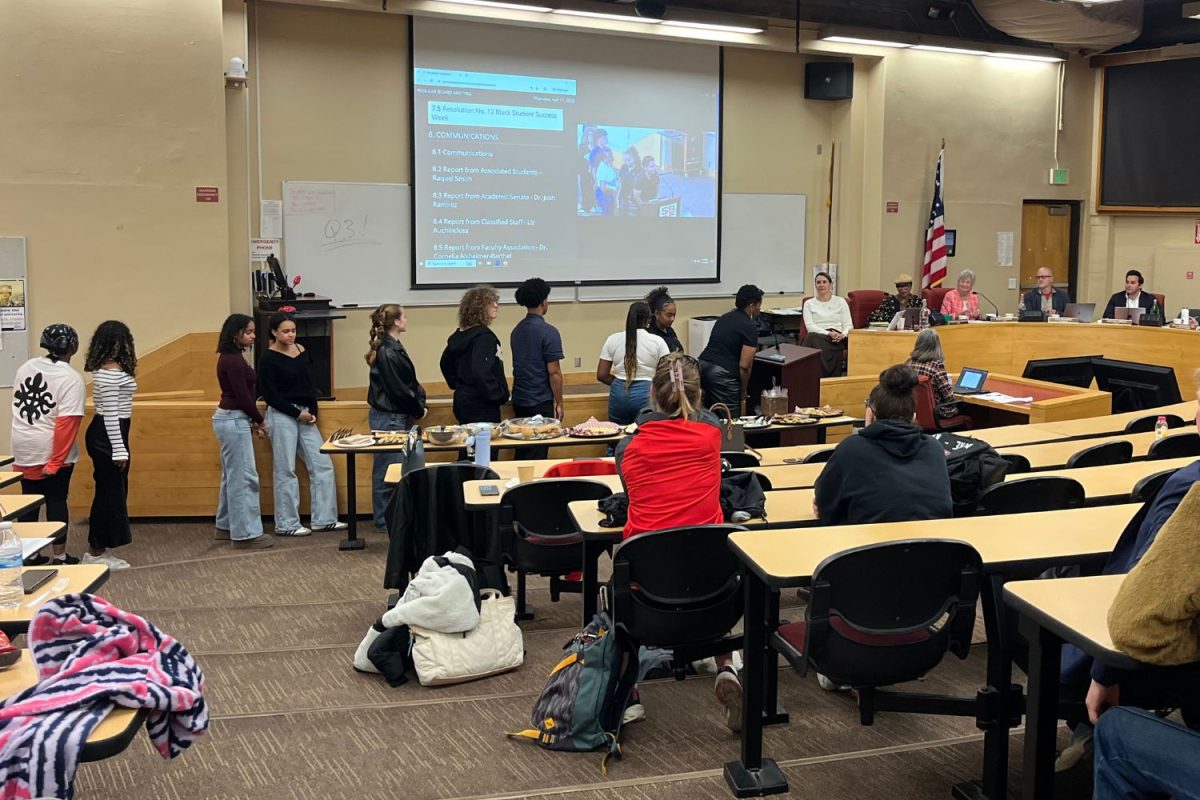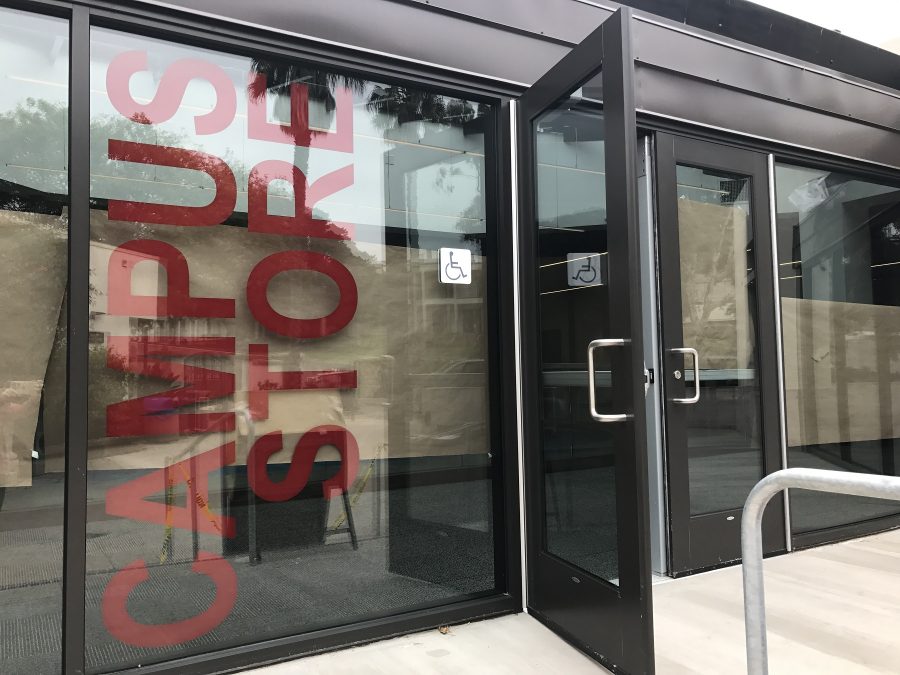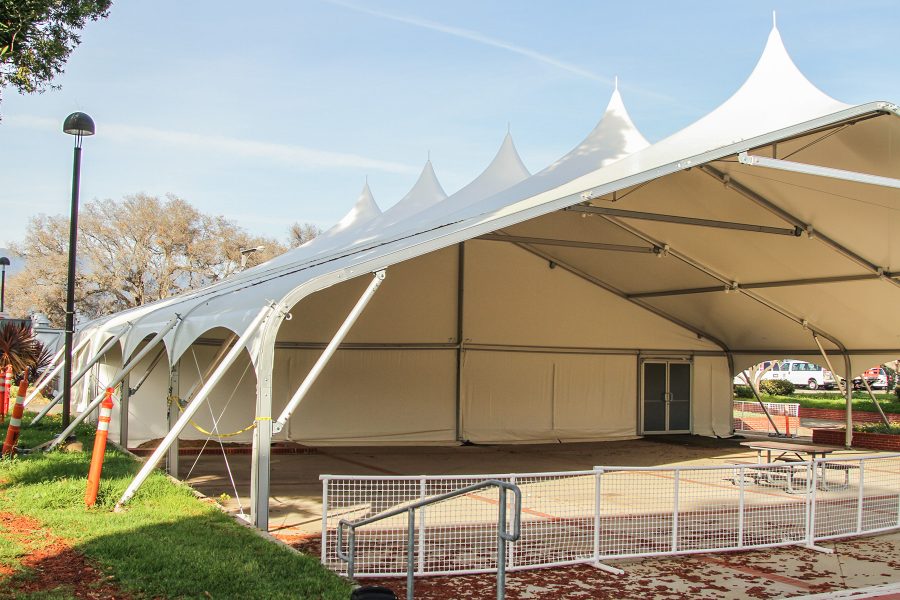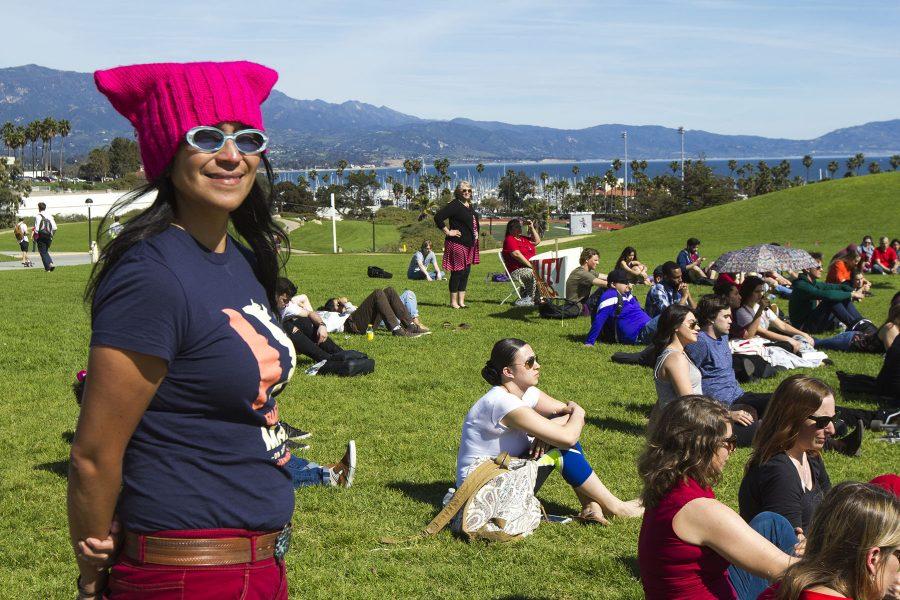City College students have the opportunity to charge their phones using alternative energy with a new solar powered charger available on campus.
The cart was built by the college’s Energy Collective Club and reached completion after two years of building.
“You can charge a cell phone through a regular outlet, or you can use this and trace down every single component and really see how everything works,” said Pavel Dolin, president of the collective.
The cart has a rectangular wooden frame with solar panels angled upwards on top, with a glass top that shows and explains each step of the process. Students can follow how the panels capture the solar energy and sends it through a charge controller.
The energy is then stored in a battery, and passes through DC-DC converters before it reaches the phone. Since a common phone only takes five volts to charge, the converters lower the voltage from the battery from 12 volts down to five.
The club didn’t want students to be bored while waiting for their phone to charge so they included different activities for students to interact with.
“We wanted to make it very hands on, that’s why we have Legos and notepads and paper,” Dolin said. “While people are charging their phones they can interact with that stuff.”
The cart is a big achievement for the club, but its members want this to only be the start of what is to come in the future.
“We are hoping that after a couple years, we can gain a presence and people will start to see that “oh yeah, we can actually do things,” said Bill Dinklage, faculty advisor to the club and professor of energy and natural resources.
The cart is on its second model, and the project started when Dolin’s friend and classmate, Juan Uribe, took the initiative to start the club. The members wanted to create something using alternative energy that students could benefit from but didn’t have a specific idea. The club decided on the solar powered charger, but the first completed product not successful. Construction of the new model started in spring of this year and was kept in Goleta where the club had a workspace and a tool shed.
“I probably used a lot of gas driving out to Goleta all the time,” said Dinklage. “I’m the advisory, but I’ve wanted to see this thing built for the last two years as well.”
The solar panel, charge controller, and wiring for the cart came from a donation from SunPacific Solar Electric Inc. The rest of the funding needed came from current and former club members and their families.
According to Dinklage there hasn’t been any problems with the new model operating.
“We’ve had this going for a couple days now, and it seems to be working awesome,” he said.
The cart is available for students everyday on the Campus Center patio on East Campus. The times it will be available are still being worked out, Dolin said.
“Ultimately the project is to get people to start to realize that we can do things on our own,” he said. “And you don’t just have to be a math or science major, we want to engage everyone.”


